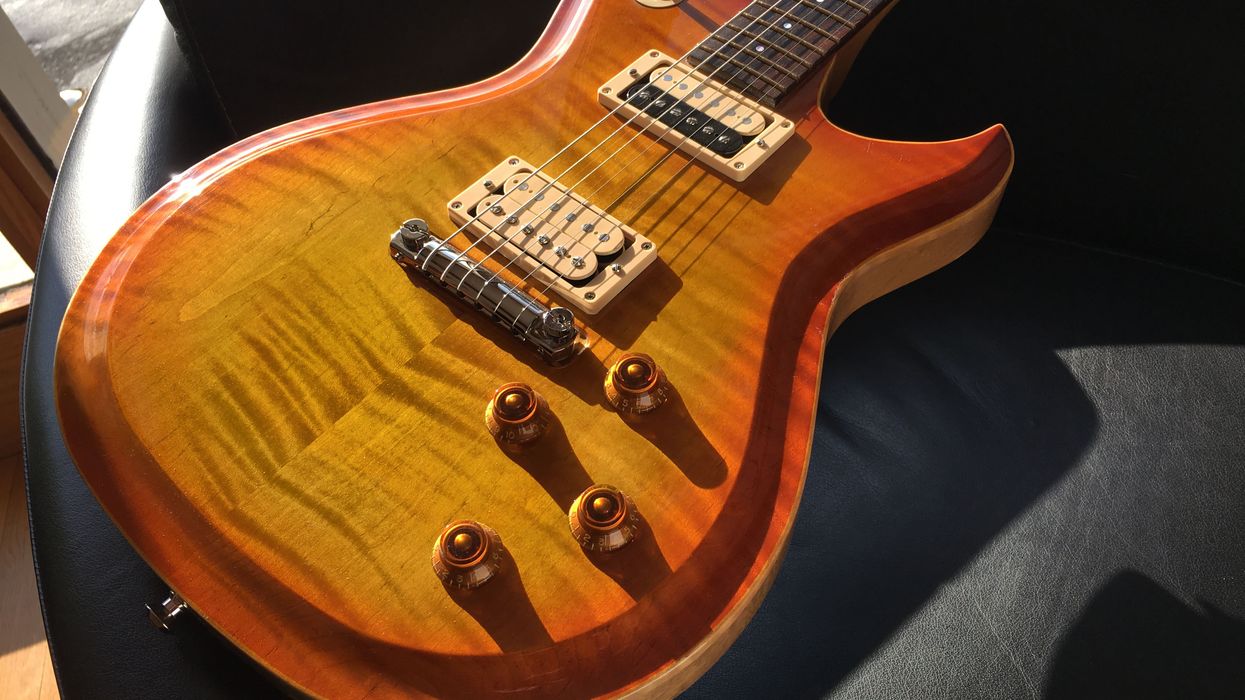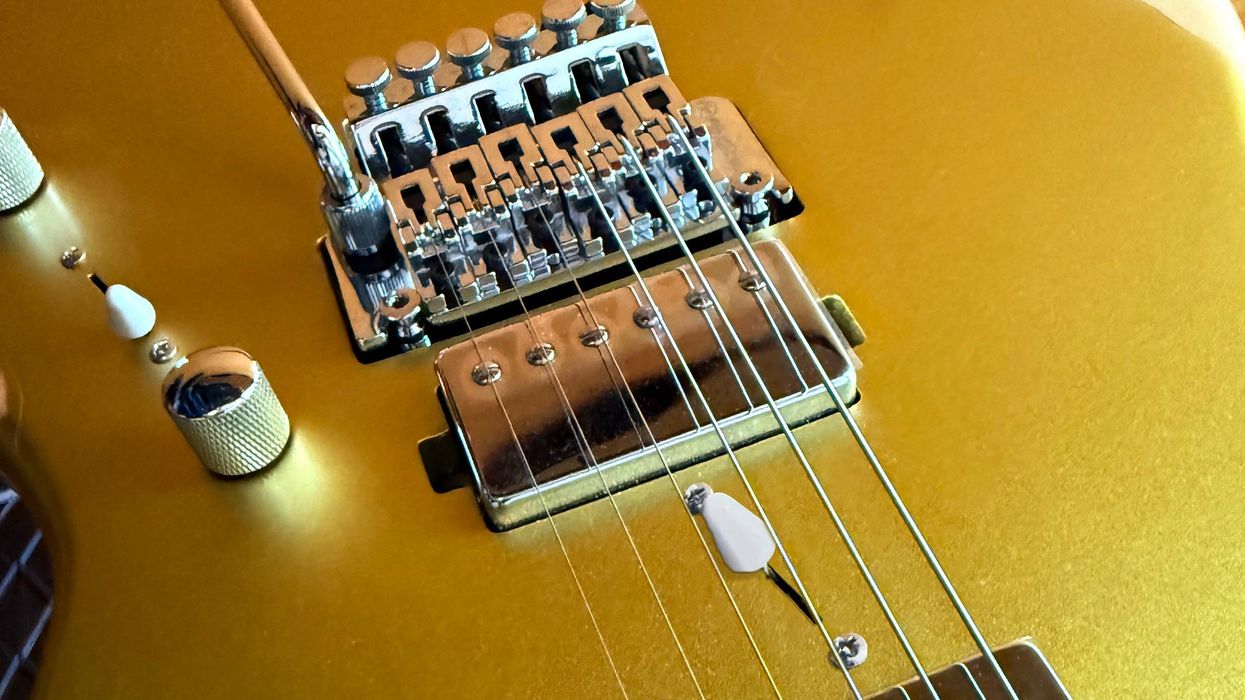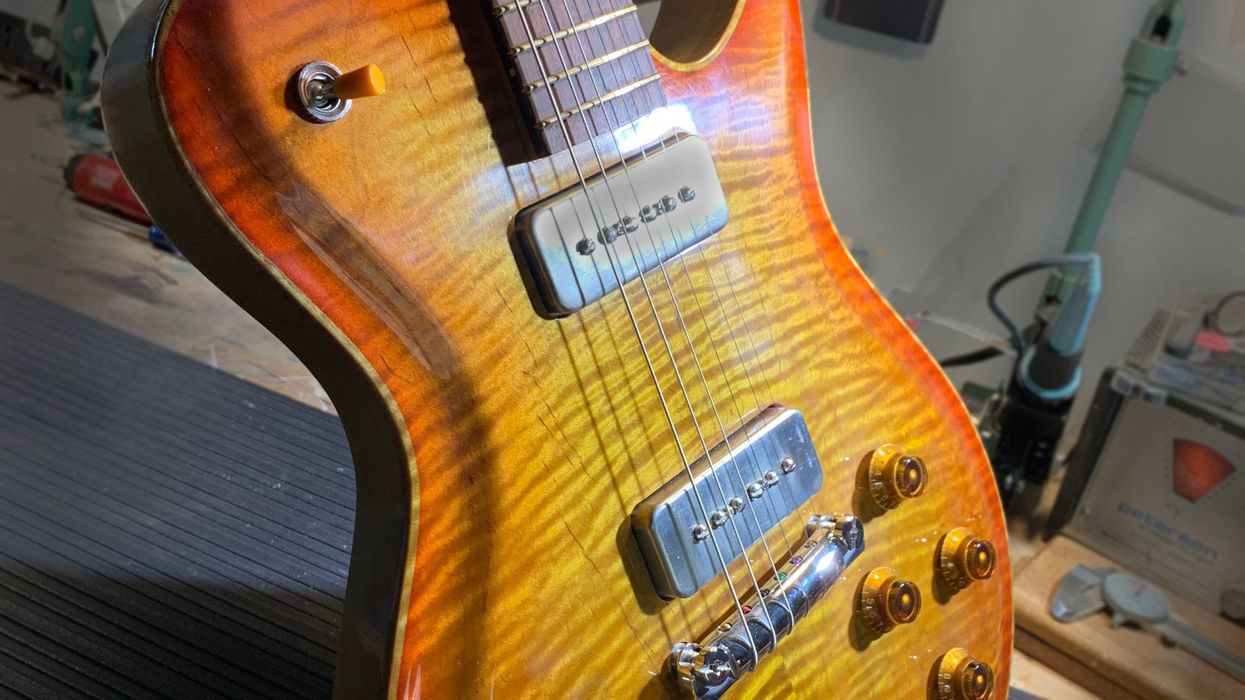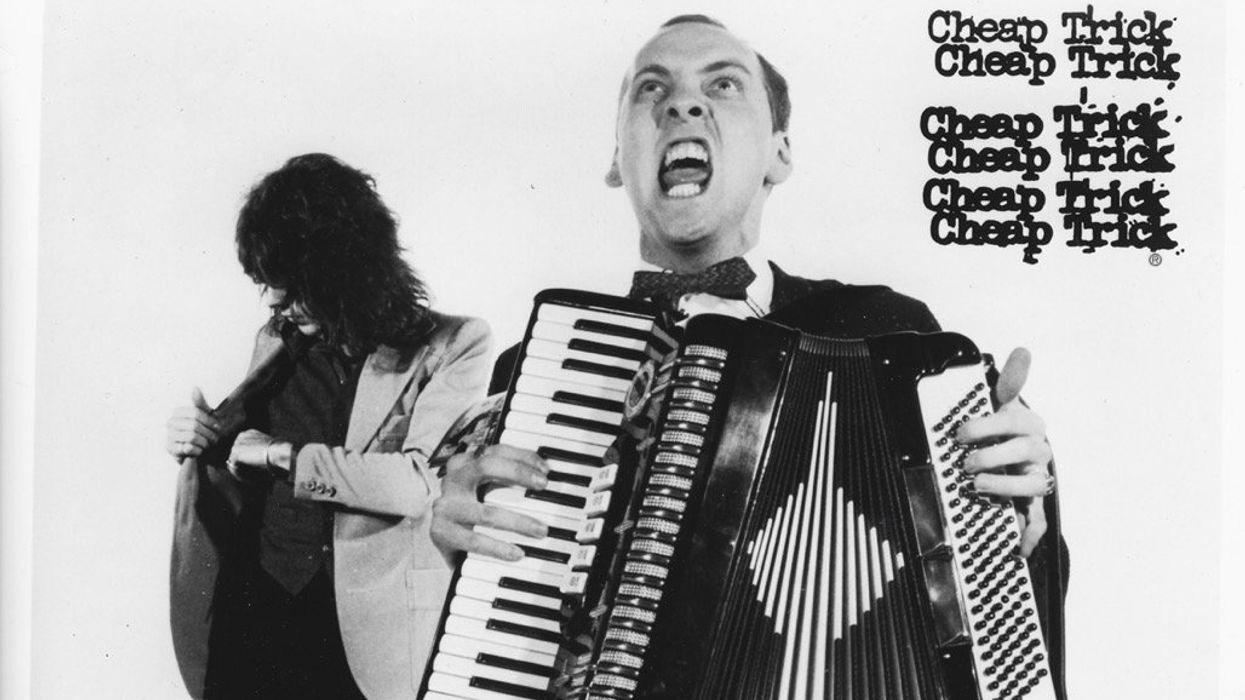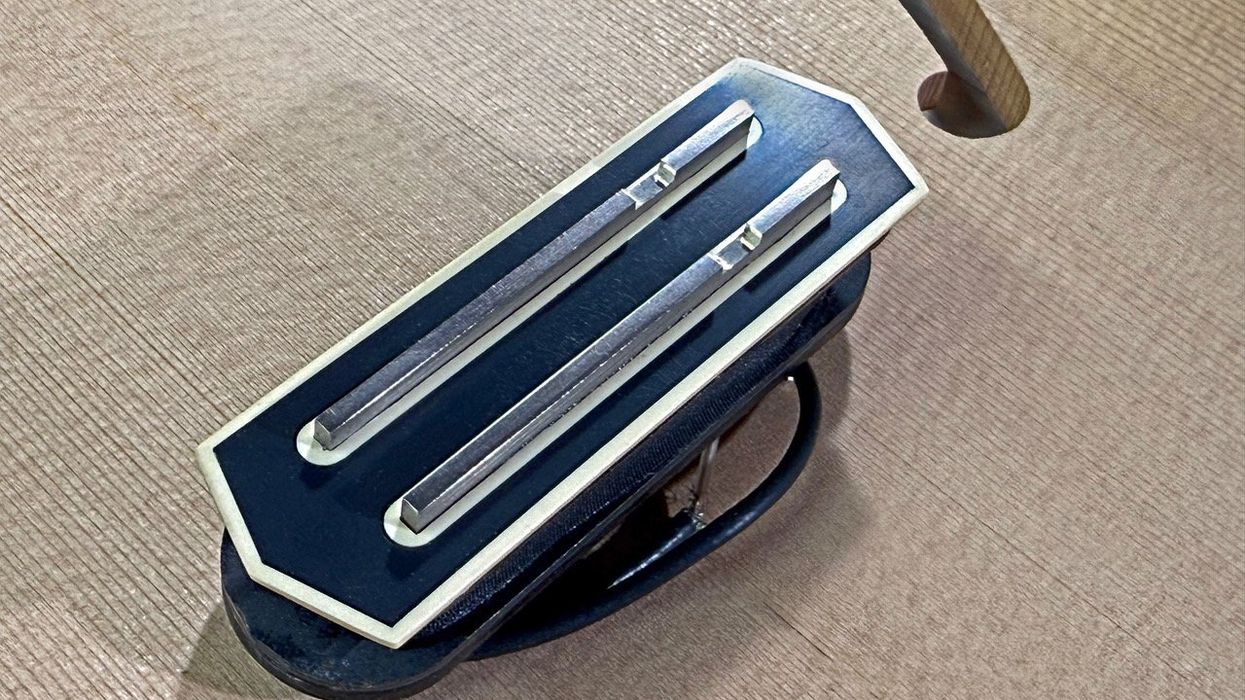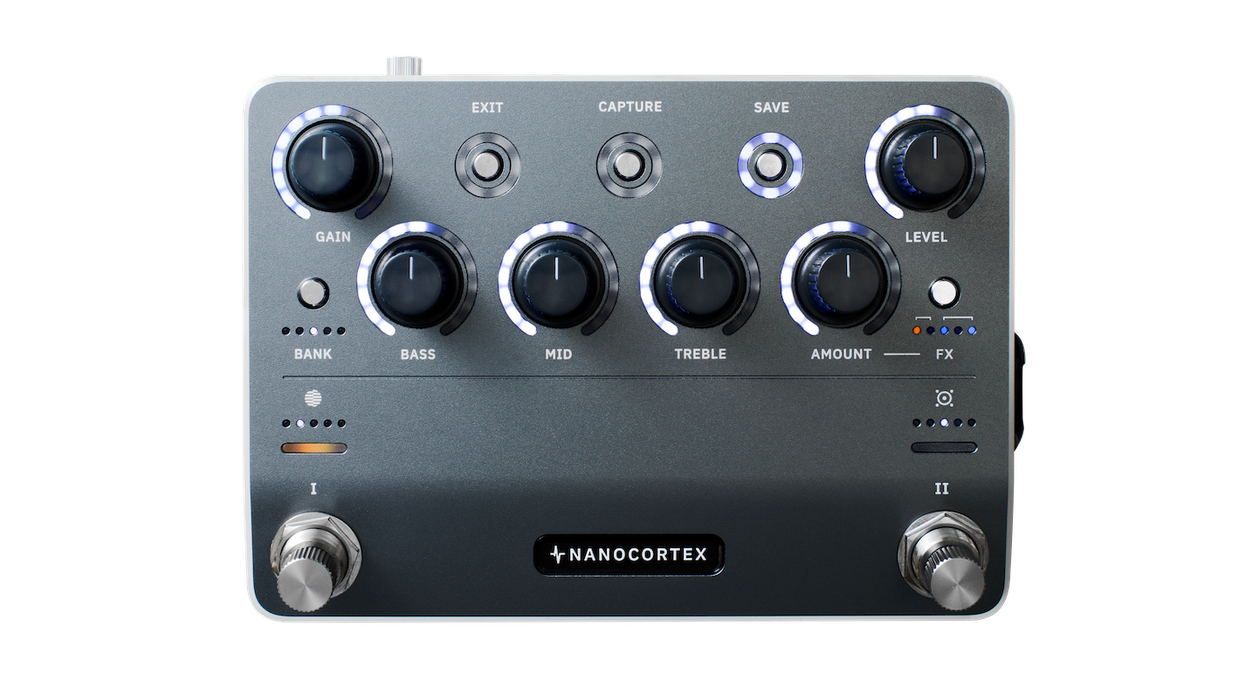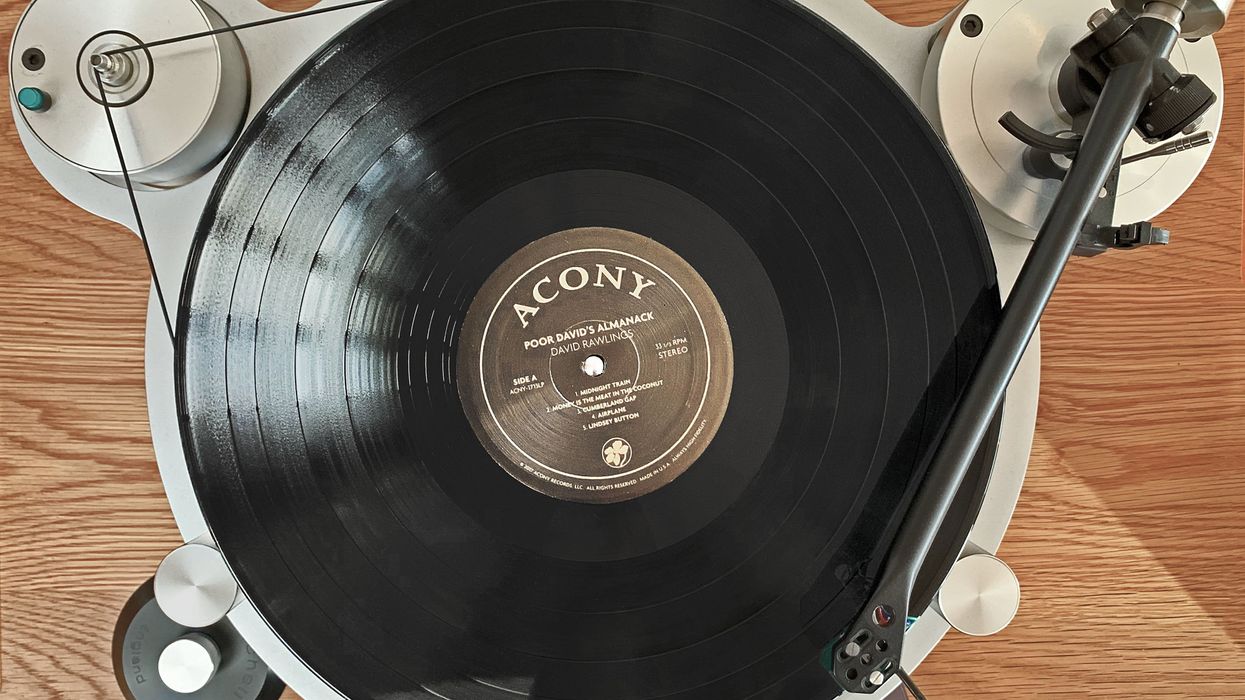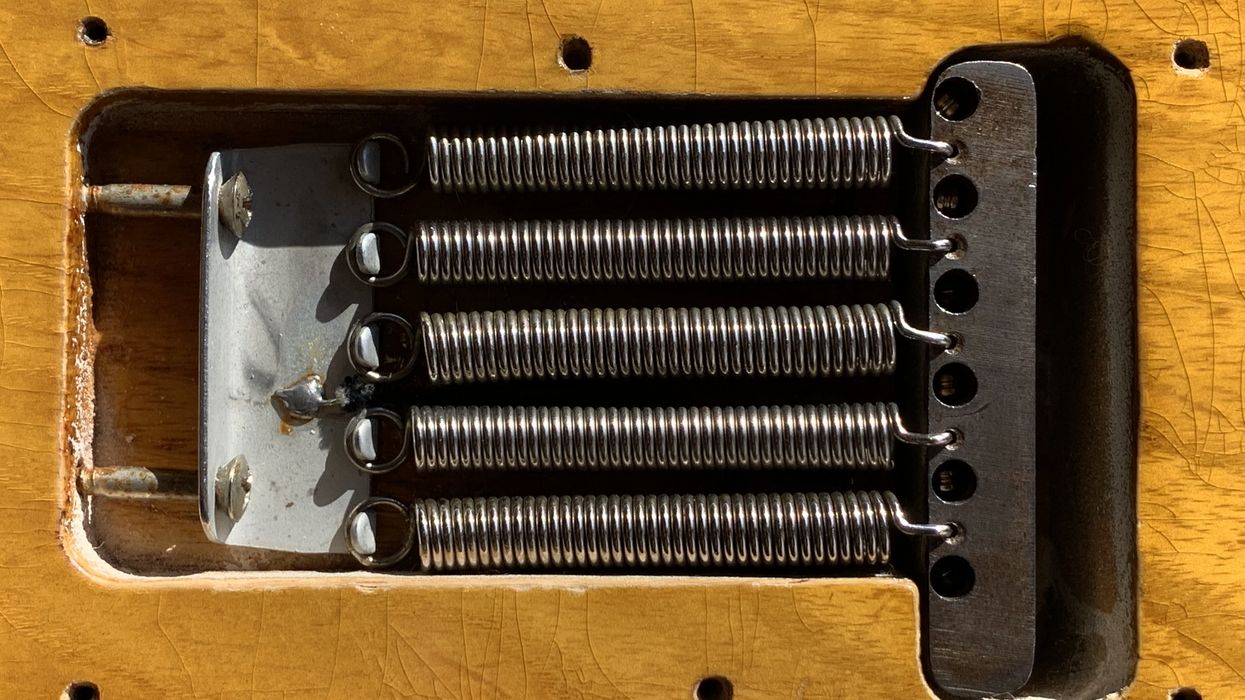Nothing raises the hackles of electric-guitar players like the subject of tonewoods. Maybe that’s why I like to talk about the subject. Unlike many, I enjoy being proven wrong, and believe me when I tell you that, despite my decades of experience, it happens on a regular basis. And despite what may appear to be factual science, there’s also something that can change one’s opinion on matters that don’t get discussed: The practical application of the matter at hand.
Of course, we can all agree on the importance of wood selection in the construction of acoustic instruments. Presumably, this is because there are no pickups involved. The difference between a Sitka spruce- and cedar-topped acoustic should be obvious to most ears. After all, there’s no electronic conversion happening there, it’s just the pure interaction of the wood and strings. On the other hand, when it comes to electric guitars, we’ve all witnessed the transformation that a great set of pickups can lend to a solidbody guitar. This allows us to focus on the nature of electric guitar tone, and where it actually comes from.
There have been endless discussions about how a particular pickup brand’s product has rescued someone’s lackluster guitar, turning it into their No. 1. The opposite is true as well. Either way, anecdotal evidence would suggest that tone comes from pickups. Tests have been devised to eliminate the wood of the electric guitar to prove that pickups alone are responsible for the frequency signature of steel strings. The test rig in question is the Dan Armstrong Lucite guitar. Unfortunately, the only pickups found in these guitars are—you guessed it—Dan Armstrong pickups. But I digress.
What I’m really driving at here is that I’ve come to the conclusion that tonewoods don’t matter. Not that they don’t change the sound of your guitar, but that they simply don’t matter, and that’s okay with me. There are so many elements to guitar tone (with no consensus on what is good, bad, better, or best) that wood simply doesn’t factor into it anymore.
“Tests have been devised to eliminate the wood of the electric guitar to prove that pickups alone are responsible for the frequency signature of steel strings.”
The fact is, many guitar makers assume that you are going to switch out the pickups regardless of what handwringing they do to select what goes into your guitar. This frees up builders to choose the least expensive path or lean heavily on name recognition when stocking their inventory. Or they can offer a smorgasbord of choices to their clients, allowing buyers to feel confident in their purchase. I chuckle at the hours of testing I’ve done to determine which recipe works with this or that model guitar, only to have the customer swap out the pickups anyway. This is, as a good friend of mine puts it, the buyer “putting their own stink on it.”
So, I think that we should look at wood selection for an electric guitar exactly like we would when purchasing (or commissioning) fine furniture. A dining room table works just fine regardless of what beautiful wood you select. It’s going to be the meals and the company of friends that you enjoy—the wood just enhances the mood. A handmade recliner will be just as comfy made from bubinga as it would be if fashioned from curly cherry. And so on. It’s the artistic expression of the builder and an aesthetic choice for the owner. It’s the exact same thing with a guitar.
So, it doesn’t matter if I tell you that a lightweight, chambered white limba guitar will have more air, or that a genuine mahogany will sound fatter. You are going to choose with the greatest, most important sensibility you have—your eyes. Then, after the honeymoon period is over, you can start swapping out pickups and finetuning the tone capacitors and bridge alloys.
You’d think that this might bother or disappoint builders, but I suggest that more of them just get over it and give the customer what they want, regardless of the why. In the end, this benefits everyone. Builders are relieved of the need to ear-test a zillion permutations of Strat, Jazzmaster, P-90, or PAF-style pickups and can focus on delivering a beautiful, well-crafted instrument that looks and plays great. So, there is my new take on the tonewoods and pickup debate. I was wrong, and still am. But at least I understand the new normal. And for those who still think wood makes tone, I’ll be here for you.
